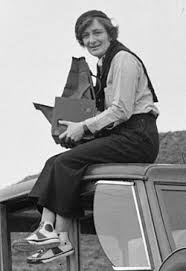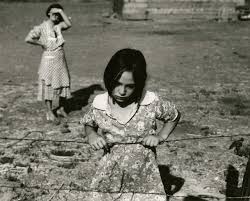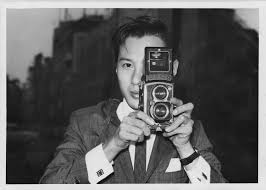
Dorothea Lange, a pioneering figure in documentary photography, left an indelible mark on the world with her powerful images that chronicled some of the most significant social and economic issues of the 20th century. From the Great Depression to the internment of Japanese Americans during World War II, Lange’s empathetic lens captured the struggles and resilience of marginalized communities with unparalleled depth and humanity. Let dive into the life, work, and enduring legacy of the iconic photographer Dorothea Lange.
Early Life and Career Beginnings:
Dorothea Lange was born on May 26, 1895, in Hoboken, New Jersey. At an early age, she developed a passion for photography and eventually pursued formal training at the New York Institute of Photography. In the 1920s, Lange moved to San Francisco, where she established a successful portrait studio and honed her skills as a photographer.
The Great Depression and Documentary Photography:
Lange’s career took a significant turn during the Great Depression, as she shifted her focus from commercial photography to documentary work. Hired by the Farm Security Administration (FSA) in the 1930s, Lange embarked on a mission to capture the plight of rural America devastated by the economic downturn. Her iconic photograph “Migrant Mother,” taken in 1936, became emblematic of the era’s hardships and remains one of the most recognized images in photographic history.

Social Justice Advocacy and Activism:
Beyond documenting the effects of the Great Depression, Lange used her camera as a tool for social justice advocacy and activism. She fearlessly captured the injustices faced by marginalized communities, including migrant workers, sharecroppers, and displaced families. Lange’s photographs not only shed light on the harsh realities of poverty and discrimination but also served as catalysts for social change and policy reform.
Japanese American Internment:
During World War II, Lange turned her lens toward the internment of Japanese Americans, highlighting the government’s unjust treatment of innocent citizens based solely on their ethnicity. Despite facing censorship and government opposition, Lange’s photographs from the internment camps exposed the human cost of wartime hysteria and underscored the importance of protecting civil liberties.

Legacy and Influence:
Dorothea Lange’s legacy extends far beyond her iconic images; her pioneering approach to documentary photography continues to inspire generations of photographers, activists, and artists. Through her compassionate portrayal of human suffering and resilience, Lange challenged societal norms and advocated for greater empathy and understanding. Her work remains as relevant and impactful today as it was during her lifetime, reminding us of the power of photography to provoke social change and bear witness to the human experience.
Conclusion:

Dorothea Lange’s contributions to documentary photography are immeasurable, her images serving as both historical records and timeless works of art. By capturing the struggles and triumphs of ordinary people, Lange gave voice to the voiceless and illuminated the human condition with unparalleled empathy and insight. As we reflect on her life and work, we are reminded of the enduring power of photography to inspire empathy, foster social justice, and amplify marginalized voices in our ongoing quest for a more just and compassionate world.
Thanks for reading.



One comment on “Capturing Humanity: The Life and Legacy of Photographer Dorothea Lange”